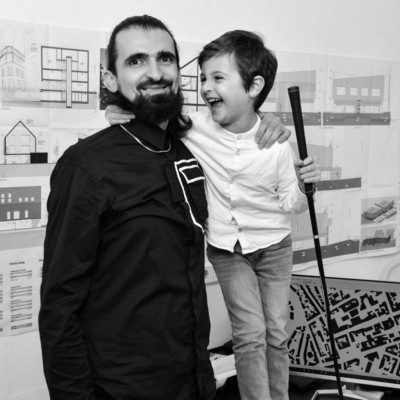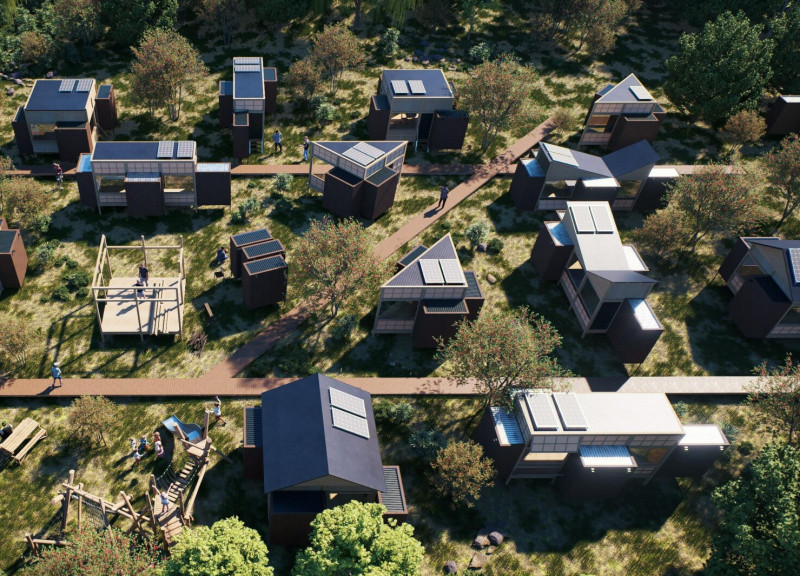5 key facts about this project
Functionally, the project is designed to accommodate a mix of spaces, including residential units, communal areas, and dedicated facilities for social and recreational activities. Each aspect of the design reinforces a sense of community, with open spaces encouraging interaction among residents and visitors. The layout facilitates effortless movement and access, ensuring that all users can engage with the different functionalities seamlessly. The blend of private and shared spaces reflects current trends in architectural design that prioritize connectivity and collaboration.
What sets this project apart is its unique approach to integrating sustainable practices into the architectural framework. The architects carefully selected materials that not only meet aesthetic standards but also adhere to eco-friendly principles. The use of locally sourced materials reduces the environmental footprint while providing a sense of place, as the stone and timber echo the region’s natural landscape.
The design incorporates extensive green spaces, including landscaped terraces and roof gardens, which not only beautify the structure but also promote biodiversity. These areas serve as natural sanctuaries, enhancing the overall quality of life for residents by providing spaces for relaxation and recreation within an urban setting. The incorporation of rainwater harvesting systems and energy-efficient technologies underscores a commitment to environmental stewardship, demonstrating that modern architecture can function sustainably.
In terms of architectural aesthetics, the project embraces a contemporary style characterized by clean lines and a harmonious palette. The façade, an essential element of the building’s identity, employs a combination of glass, concrete, and timber, reflecting a modern yet warm character. This selection of materials allows for ample natural light to penetrate the interior spaces, enhancing the overall ambiance and reducing the need for artificial lighting.
Attention to detail is evident throughout the project. Architectural elements such as shading devices and operable windows are strategically placed to optimize natural ventilation and thermal comfort. The integration of smart building technologies further enhances functionality, allowing residents to control various aspects of their living environment, such as lighting and climate control, via mobile applications.
A key aspect of this project lies in its architectural planning. The architects have utilized a modular design approach, which allows for flexibility in the layout and the potential for future adaptations. This forward-thinking perspective ensures that the building can evolve over time to meet changing needs within the community, establishing a sense of longevity and resilience.
Moreover, the project engages with its surroundings in a respectful manner. Contextual sensitivity is paramount, ensuring that the architecture complements the existing urban landscape rather than dominating it. By connecting pathways, vistas, and views between the project and its environment, the design encourages an experiential relationship that fosters community interaction and enhances everyday life.
Overall, the project epitomizes a modern architectural design that values community, sustainability, and adaptability. By focusing on human-centered design principles, it offers an exemplary model for future developments. Readers interested in delving deeper into this architectural endeavor are encouraged to explore the detailed architectural plans, sections, and unique design features. Understanding these elements will provide valuable insights into the project’s design process, conceptual underpinnings, and the thoughtful execution that drives this innovative approach to architecture.


 Bujar Hasani,
Bujar Hasani,  Eldin Babic,
Eldin Babic, 























